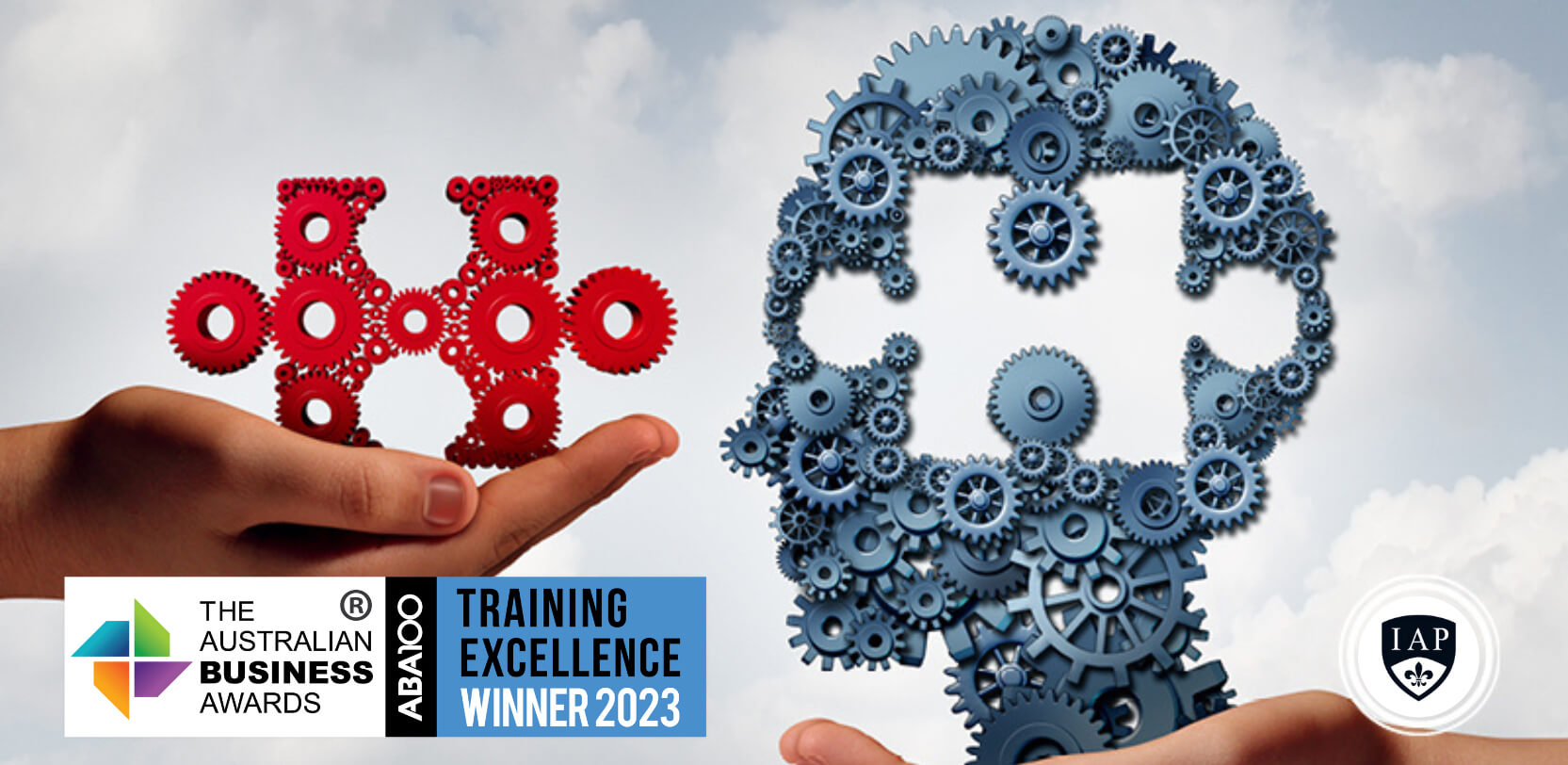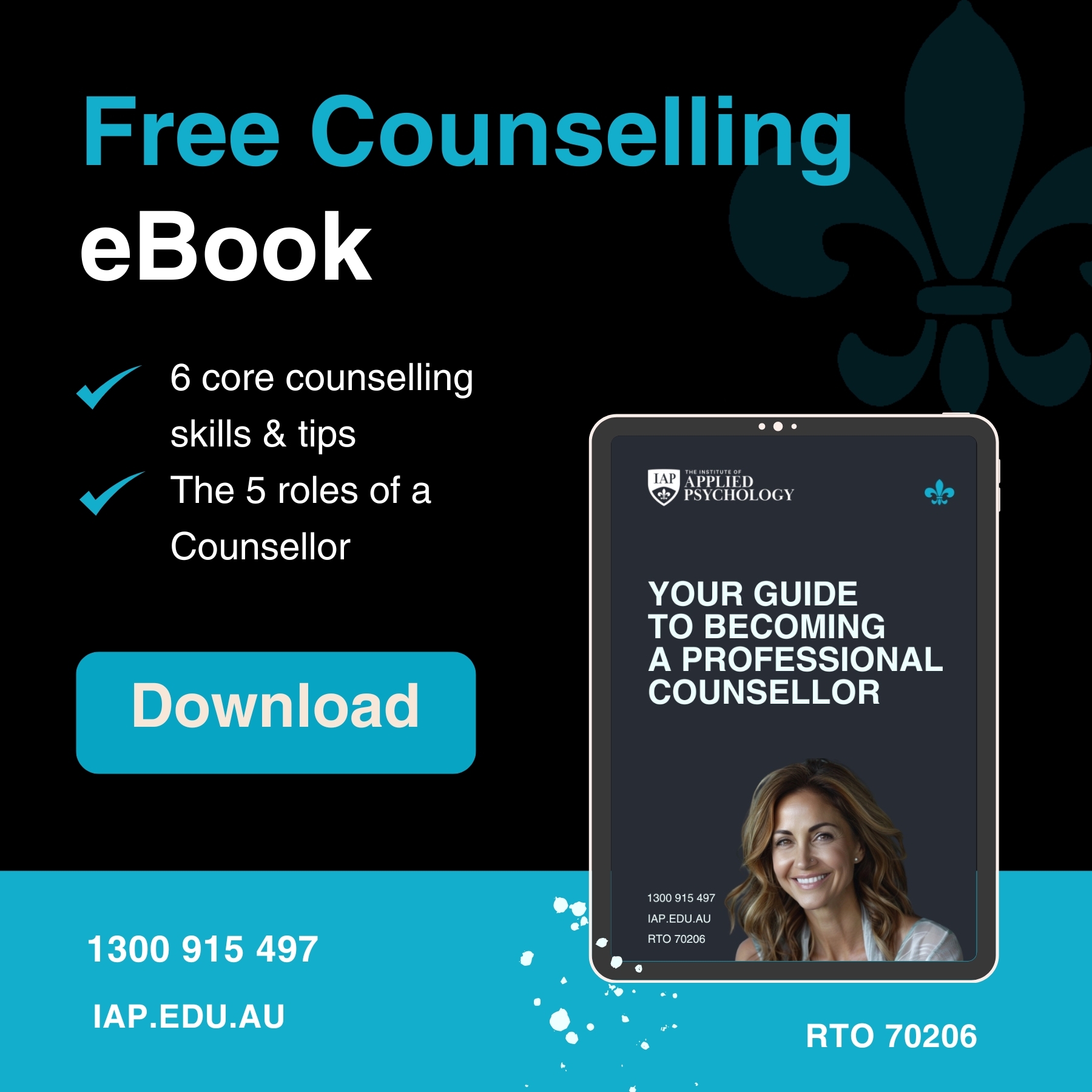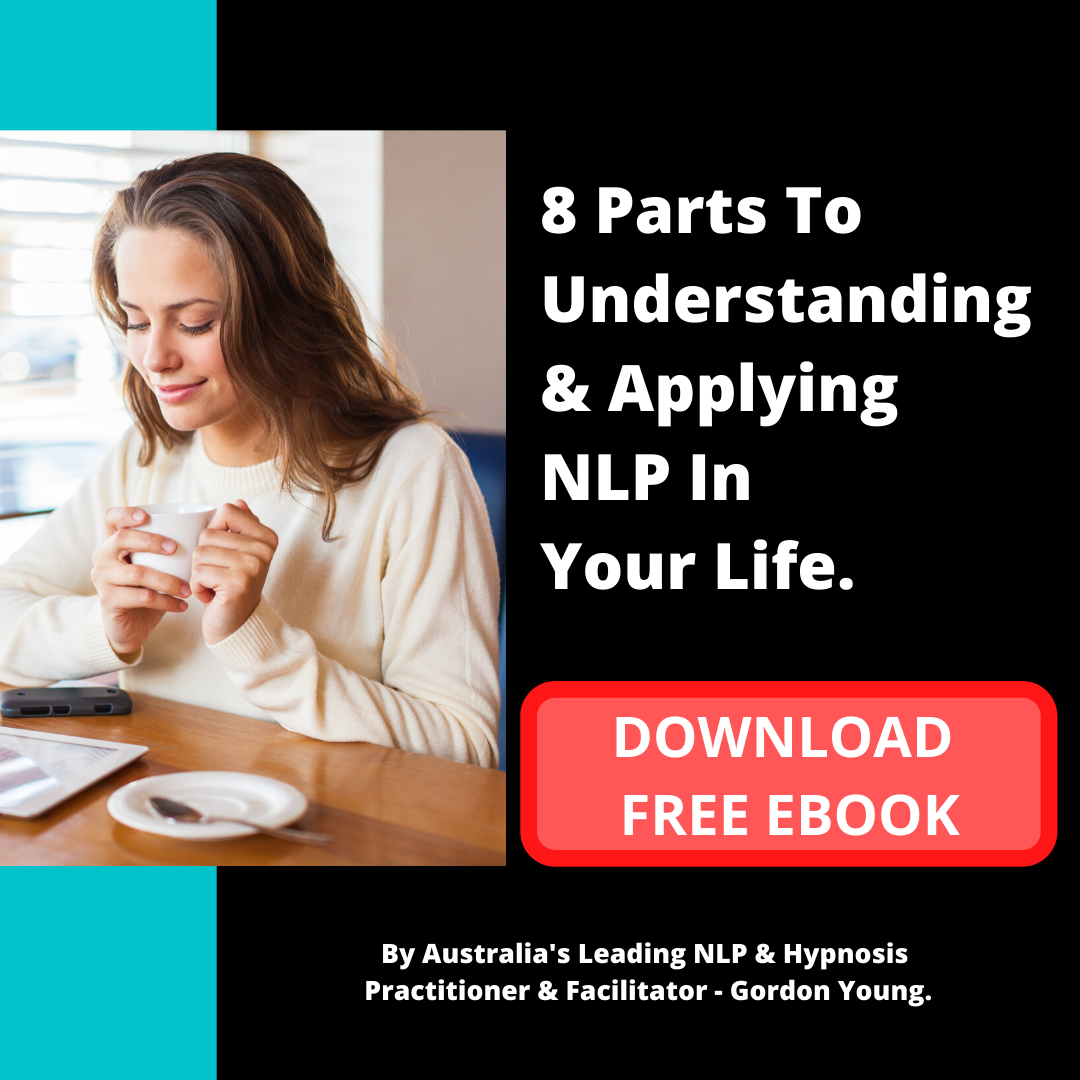Five steps to manage the Pandemic Covid-19
5 STEPS TO HELP YOU MANAGE YOUR MINDSET FOR THE PANDEMIC COVID-19.
Transcribe for 5 Steps On How To Manage The Pandemic Covid-19
I’m Gordon Young from The Institute of Applied Psychology. I just finished an NLP practitioner module and I thought I’d take you through five steps to manage the pandemic covid-19. Now also, I’m not a GP, and I’m not a medical doctor. So I’m not talking about people who get sick, but this pandemic actually represents a much larger threat. And people are suffering ways that are much broader and much larger than the illness itself. So let me establish a few guidelines that might help most of the people who will be listening to this.
1. STEP ONE – Establish a realistic risk assessment
So the first thing is that you need to establish a realistic risk assessment. People are going crazy, people are getting panicked. People are catastrophising in the absence of knowing exactly what the risk is people make it up in their head. And typically what they make up is much worse than what’s actually happening on the ground. So that shows a lack of distinction. Wherever you’re effective, you have finer distinctions than a novice does. So what are these distinctions? Well, the first one is make a distinction between the real threat which is fear and anxiety, which is imagined. So real fear is where there’s a tiger right in front of you. There is someone with a knife right in front of you. That’s a physiological thing. Anxiety, which is chemically the same and very hard to distinguish is more about what you imagine. The threat is. The question then becomes, is the imagination you’re running – Is it realistic? Is that a realistic concern? At the moment, people are worried about their health, they’re worried about their finances because businesses are closing down. They’re worried about whether they can get supplies or not. Yeah, with all the panic buying. So how do you make a realistic risk assessment of how vulnerable you are, from a health perspective? How vulnerable you are from a financial perspective? Or how you’re going to get stuff?
The second thing is, what’s the distinction between what is controllable, and what is outside of your control, because at the end of the day, there is absolutely no value in you focusing your attention, worrying about anything that you can’t control. At the end of the day, all of your attention needs to be on what you can control and that’s virtually nothing outside of yourself. There are some NLP schools that tell you that you create everything in your life. Well, in that case, you created the pandemic. Well, I don’t know about that.
So, but ultimately, you get to control your own emotional state, what you pay attention to, you can influence outside of you, but influences not control.
And the third distinction is between worrying and action planning. Worrying is where you just keep grinding the oh my gods and you keep worrying about the worst case scenario and you keep focusing on negatives, focusing on the consequence, which may or may not be realistic. Action Planning is where you use that capacity to go into the future to actually plan what will you do? The underpinning to any anxiety is that it gives you an opportunity to start to set up a contingency so there’s nothing wrong with the what if, because what the what if question is what actually creates anxiety? What if this happens what if that goes wrong? what If what if what if. The problem isn’t that you ask that question. The problem is that most people don’t answer it. You need to ask yourself, how realistic is that concern as a starting point? And then if that were to happen, what would I do? Because there’s no point worrying about things that are never ever going to happen. It really comes back to what is a realistic concern? And of course, that gets amplified by this emotional contagion. That started to happen here. So we need to get back to situational awareness what’s actually happening around us. There’s the actual situation, and there’s all the drama and hype around it. I don’t know how many times today, neighbours and others have asked me, are you okay? Is everyone in your family okay? Now stop and think about it from at the point of this publication. There’s about 300 cases of covid-19 in New South Wales, there have been seven deaths and the youngest person was 77 years old. What is the likelihood of anyone in my family being unwell? I don’t know anyone who has been unwell. Now I’ve no doubt that will change but right here right now, all the drama and all the catastrophising can start to load you up. If you watch the if you watch the news from Italy, you can start to go into a panic. So you need to review what can you do? What is the possibility? What do you get to control?
2. STEP TWO – Set deliberate action or attention
The second step is to set deliberate action or deliberate attention, I should say. Energy flows, where attention goes. So ask yourself, am I whatever I’m running is it valid? Is it a valid concern? What percentage chances have of that happening? And then the second question is, is it useful? So you might even run it in your head and some sort of catastrophic event. And then you might say here it is valid. I think that is a valid concern. Well, the next question you got to ask is, is it a useful thing to fill my head with? And if it’s not, you need to park it – this is called compartmentalisation. I need to park that idea and go was saying that’s more useful. The second piece around this is the action speaks louder than words. In fact, it speaks louder than everything. The only value to you worrying about something. It should be very short term. I’m concerned about this. The very next thing you need to go to is what can I do about that? Now either you can set up a contingency to mitigate or minimise the consequence? Or you can’t. And that’s why it’s important to first establish what do you control? What do you not? There are things you can’t control, but you might just be able to influence it. And so that’s your second stage.
3. STEP THREE – Have an action plan that is realistic
The third piece here is have an action plan to deal with any eventuality that you can realistically cover. When you have an action plan, if this happens, I will do this. When that happens. I will take this action. I’ll wash my hands, you have basic hygiene, I’ll maintain social distance whatever it is, the action plan is, how do I commit to following those rules I set up for myself, how would I make sure I keep myself safe by changing my habitual patterns. The more you have an action plan. The less ambiguity you run in your head, the less uncertainty and all anxiety really is when you break it down is a fear of the unknown. So what is it you don’t know? In the unknown spaces, you can catastrophise into it. And no one can challenge you on it, in fact, the more you catastrophise the more you’re really showing me that you don’t know the difference between what’s likely to happen and what’s just merely possible. It’s possible that we could lose half our population is possible. Is it likely? Not really. Okay. So, see the threat for what it is. A tiger is a tiger. When you recognise as a tiger, you don’t get hurt you treated appropriately. You get hurt when you see it as a great big pussycat. The third step is decide the positive lesson. So get curious, get grateful because at the end of the day, there’s an opportunity that’s going to arise out of this. From every challenge. If you look at the most successful people, they talk about being forged out of challenge rather than the comfort. What lesson is there in this for you, whether it’s a personal habit, your business, your career. Ultimately, maybe there’s things like your spending habits. If you spend virtually all of your income, the average Australian spends, say, like 107% of their income every year. That may not be a sensible pattern to keep going. Maybe there’s a savings plan that can start to be installed. Because now you recognise that in these sort of contexts, cash is king. Cash gives you choice. Maybe there’s the agility of your business. Maybe your business doesn’t do very well, when there’s crisis. Well, can you adjust it for us? For us? We’re adding on a lot more onto the online programme, because that’s something you can do from home. In fact, the whole NLP Practitioner module I just ran, we did online. The third thing would be, are you excessively reliant on other people for your income? Maybe now is a wake up call for you to start to create your own enterprise. So you are, even if it’s on the side, you are not wholly reliant on others for your financial future. I don’t know what it would be. But you have options here. What is the lesson you could take out of this? And I’m gonna say out of the assists. I don’t think there’s a better time in history to up-skill to become more employable because one thing that I’m fairly certain of. With all this coronavirus, all these redundancies, companies shutting down. They talk about only shutting down for a couple of months, but I can pretty well guarantee some of those people never get their jobs back because those companies will actually take the opportunity to get rid of cost basis that they really don’t want to keep moving forward. And they will have, they’ll be able to get rid of paper with pure absolute impunity. No one’s going to blame them. The Corona virus is their way out. So, I don’t know which company’s gonna do what, but I don’t know how safe your job is. But if you are, if your current job is not safe, how employable are you? How much you have to rely on someone else giving you a job? I don’t rely on anyone else to give me a job. I run my own. I have many employers, which are my customers, my clients, my students. So I have a lot more flexibility than someone who’s got a single PAYG situation.
4. STEP FOUR – Plan your future
And the other thing I wanted to say about this is step four is plan your immunised future, because I don’t want to add to the drama, but ultimately this sign that most of us should be aware in Australia at least. In 2015, there was something called the ceda report. Ceda stands for Commissioner of economic Development Australia. And in that report, they really came up with a figure of there will be 5,000,000 – 40% of Australian jobs, 5 million jobs would be lost to either offshoring or artificial intelligence by the year 2025. And they were not working class jobs necessarily. They were professional jobs. If you can work remotely, then they can they can take that job to India or China or somewhere else. So this might be the precursor to a much larger professional workplace issue that is going to come. And so now might be the time to start to look at how you’re going to create something so you have more agility. At the end of the day, the Darwinian theory of this survival of the fittest will hold true and the reality was the Darwin ever talked about it being the fittest, it was always about the most adaptable. The most adaptable animals survive. So in the workplace, that’s gonna be the same thing. And you know, I have people who are coaches now, they’re not actively coaching very much, but they’ve got their they’ve got their main job, and they’ve got a small coaching business on site and they know if I lose that job, they can start to build the other practice. So we have opportunities, and the key is how do we use these opportunities? How do we make it so we can then move forward and learn from these lessons.
5. STEP FIVE – Break glass
The last one, number five is kind of like in case of emergency – break glass. So if you ever start to get into a sense of panic, I’m going to suggest that you increase the tension. Now I know that sounds counterintuitive, but stay with me. Panic and anxiety are not nouns, they’re verbs, you have to do them. Panic can’t exist without you, you have to participate in it. You have to hold tension, you have to think certain thoughts, you have to catastrophise, you have to limit your breath. There’s a whole bunch of physiological things you have to do to create panic. The idea that there’s a panic attack as if a sign just hits you from somewhere, is a complete misnomer. Ultimately, you generate stress and anxiety to in response to what you believe to be the pressures.
So if you’re to notice where the tension sat in your view, and you could see the form and shape of it, maybe it’s an earlobe, maybe you notice where you’re holding where you’re tense, tense and where you’re not, you’re very rarely gonna be tense in your elbow, or your shoulder blade or your earlobe, there’ll be places in the body that no matter what you’re doing, there’s not going to be the same level of tension.
So wherever it is, just notice where it is and notice where it isn’t. Give it a shape, give it a colour. When you step back and stop thinking about it as shape and colour and form, you’re actually stepping out of it and now you’re analysing it. And that in itself creates a separation that is going to start to defuse it just doing that. But then make it a bigger, just make the feeling bigger. And when you make the feeling bigger, you’ve realised something, that you control it. And then you can start to make a little bit small. You start to recognise that you could spin it one way or another, or turn or move it. I know that sounds kind of weird because most people think it’s a real thing. But you’ll never actually got a ball or a knot in your stomach. You’re just holding a level of tension around. And if you can start to lift and breathe, and the thing that really drives most emotions is the internal dialogue. If you’re going to be anxious, it’ll be an alarmist tone inside your head. So listen to that internal voice. I wouldn’t change what you’re saying, but maybe give it a silly French accent, or an Indian accent or saying that you choose to make absurd and then try to run that same level of anxiety. Third, absurd voice inside your head. It can’t actually be done. As you as you do that, just start to lift, shoulders back, open the lungs, step back from it all and recognise that right now, when you look around, nothing’s happening. Right here right now there’s a table, there’s a laptop. The virus is out there, but nothing’s actually happening right now. You pull yourself back to your current experience. And in the now there is no anxiety. Anxiety can only exist in the future. It’s by definition, relying on you fabricating into the future and catastrophising.
So those are five steps that I’m going to suggest might just help you deal with the, the, the pressures, the chaos, the very unique situation, unprecedented situation that we find ourselves in. So the last thing is, maybe it’s an opportunity for us to be a little kinder. to each other, to recognise that we’re all in this together and to recognise that if you can help someone out that might be a really nice thing to do. If you’ve got extra toilet paper, we just gave away some; someone else doesn’t have it.
This is where people are going to see the best of what humans can be like. And they’re going to see the worst. I can suggest you show your children the best.
I’m Gordon Young, from the Institute of Applied Psychology and I thank you for listening.
If you’d like to learn more about how you can adapt NLP in your life and set yourself up for success and the ability to handle any situation that comes your way, click here.





